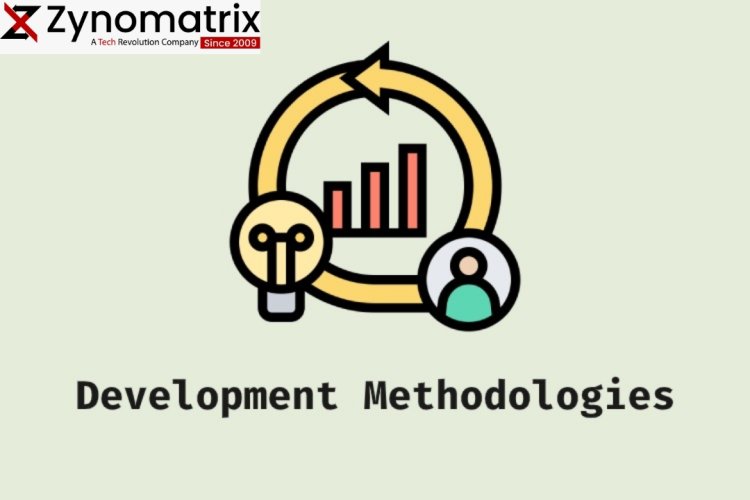Waterfall vs. Agile: Which Software Development Methodology is Right for You?
Software development methodologies are structured approaches and frameworks that provide guidelines, practices, and processes to guide the development of software systems. These methodologies help teams organize, plan, and execute software projects efficiently, ensuring that software is developed in a systematic and disciplined manner. They encompass various principles, techniques, and tools to facilitate collaboration, manage project requirements, control risks, and deliver high-quality software.

Introduction:
Software development methodologies play a critical role in the success of software projects. Two prominent methodologies, Agile and Waterfall, have distinct approaches to project management and development. In this blog post, we will compare and contrast these methodologies, exploring their key characteristics, advantages, and considerations. Understanding the differences between Agile and Waterfall can help you make informed decisions when selecting the most suitable approach for your software development projects.
1. Agile Methodology:
Agile is an iterative and flexible approach that emphasizes adaptability and collaboration. Here are its key features:
- Iterative Development: Projects are divided into iterations or sprints, with each iteration delivering a working increment of the software.
- Continuous Feedback: Regular feedback loops are established with stakeholders, enabling early validation and adjustments based on evolving requirements.
- Adaptive Planning: Requirements and priorities can be adjusted throughout the project based on changing needs and feedback.
- Cross-functional Teams: Collaboration between developers, testers, and stakeholders is encouraged for continuous communication and shared ownership.
- Emphasis on Customer Value: Delivering customer value early and frequently is prioritized, ensuring customer satisfaction and meeting evolving needs.
2. Waterfall Methodology:
Waterfall is a sequential and structured approach that follows a linear progression. Here are its key features:
- Sequential Phases: Development progresses through distinct phases, such as requirements gathering, design, development, testing, and deployment, in a linear fashion.
- Comprehensive Planning: Extensive upfront planning is crucial to establish a clear scope, requirements, and timelines.
- Documentation-driven: Detailed documentation is created at each phase to ensure proper handoffs and traceability.
- Limited Flexibility: Changes to requirements or scope are discouraged after the initial planning stage to maintain project stability.
- Well-defined Deliverables: Each phase has specific deliverables, and progress is measured based on meeting predefined milestones.
3. Comparison and Considerations:
- Flexibility: Agile offers high flexibility, allowing for iterative development, changing requirements, and continuous improvement. Waterfall, on the other hand, is less flexible due to its sequential nature and resistance to scope changes.
- Project Planning: Waterfall requires comprehensive planning upfront, while Agile embraces adaptive planning throughout the project. Consider the level of certainty and stability in project requirements when choosing between the two.
- Communication and Collaboration: Agile emphasizes collaboration and cross-functional teams, fostering frequent communication and stakeholder involvement. Waterfall relies on formal handoffs between phases, with limited collaboration opportunities.
- Risk Management: Agile mitigates risks through iterative development and continuous feedback, enabling early identification and mitigation. Waterfall focuses on risk identification and management in the initial planning stages.
- Time and Cost Estimation: Waterfall allows for more accurate time and cost estimation upfront due to its sequential nature. Agile estimates can be less precise initially but improve as the project progresses and more information becomes available.
- Documentation: Waterfall requires extensive documentation at each phase, while Agile promotes lightweight documentation, focusing on working software and collaboration.
What's Your Reaction?





















